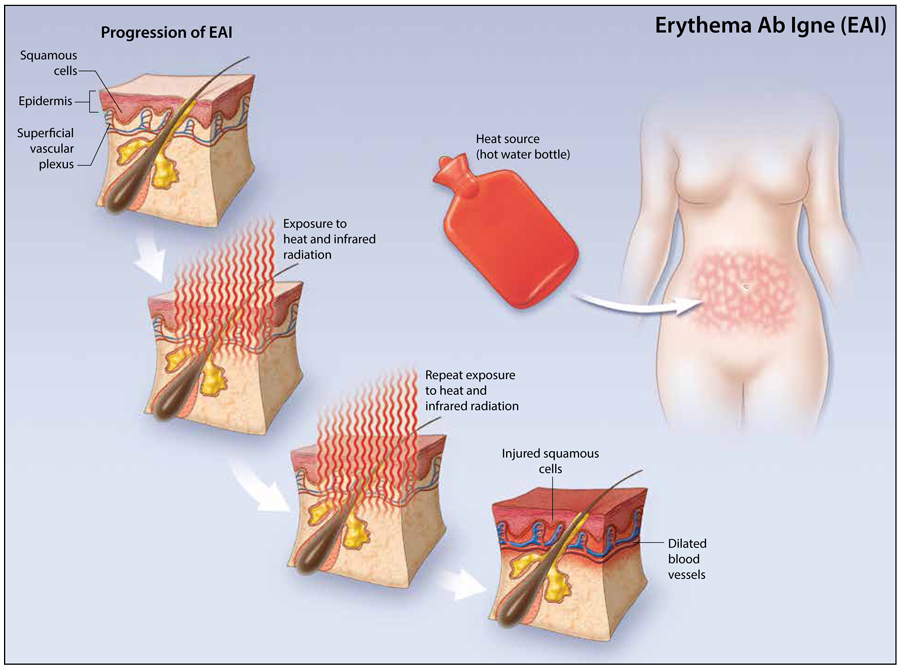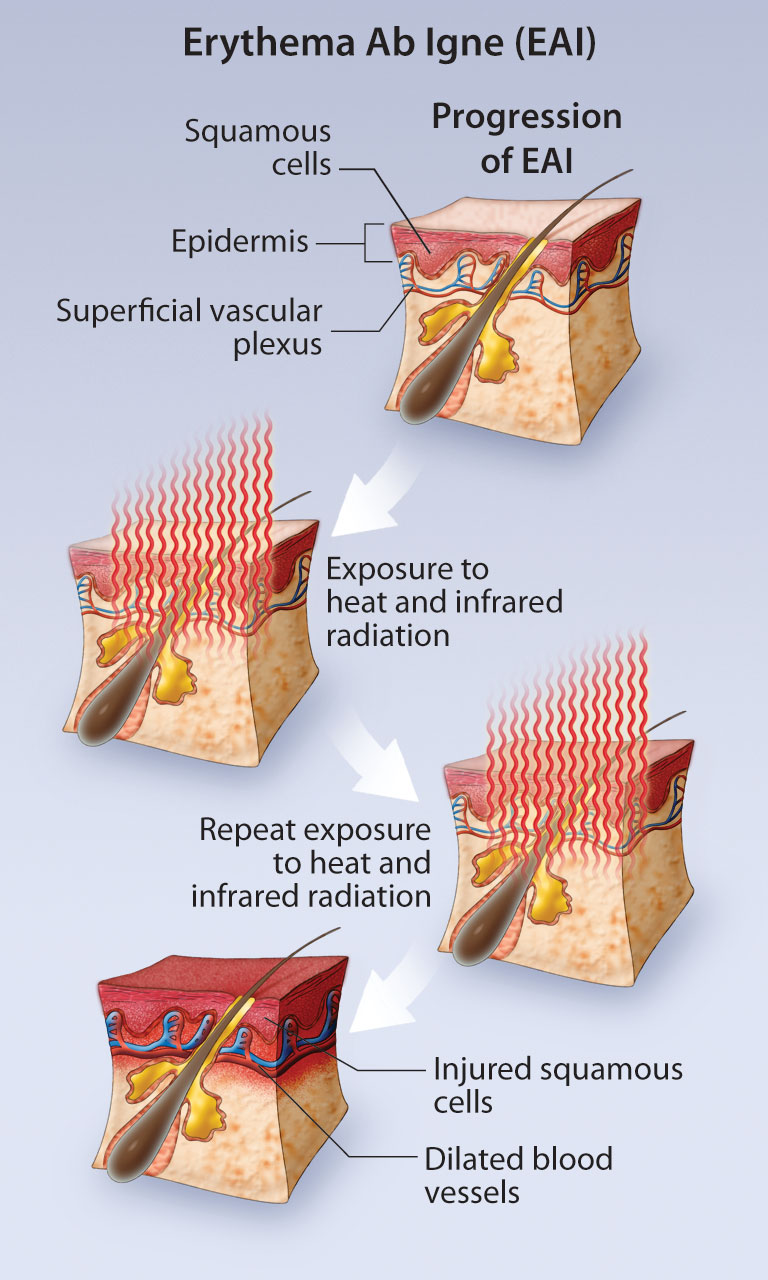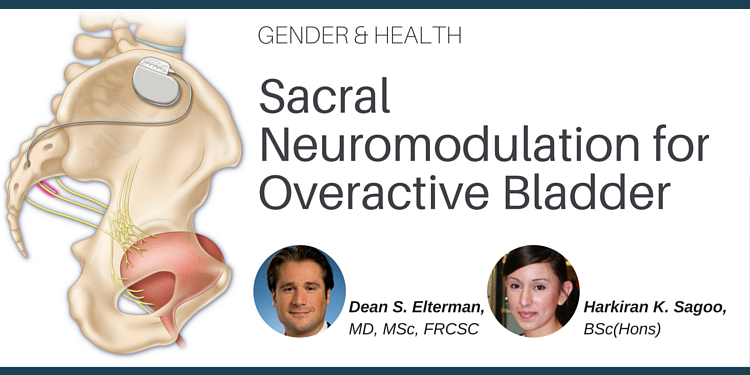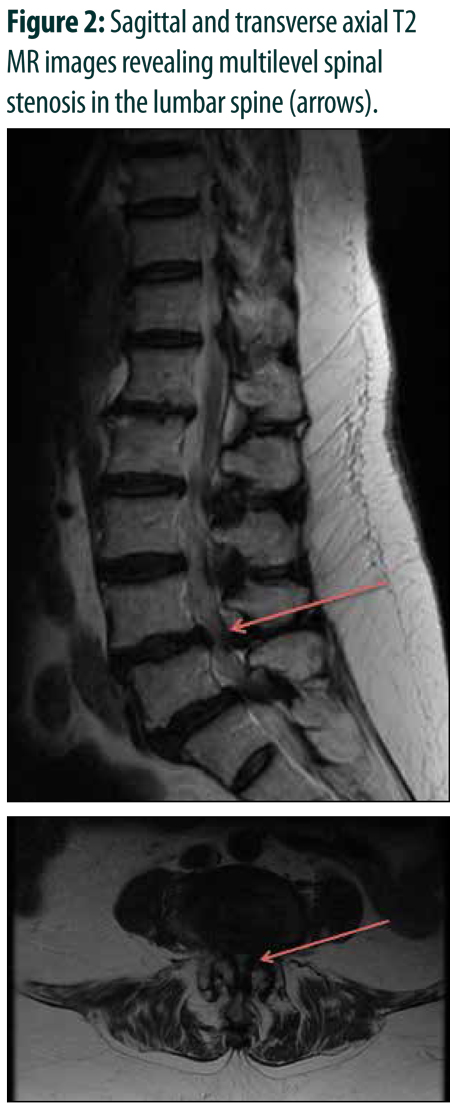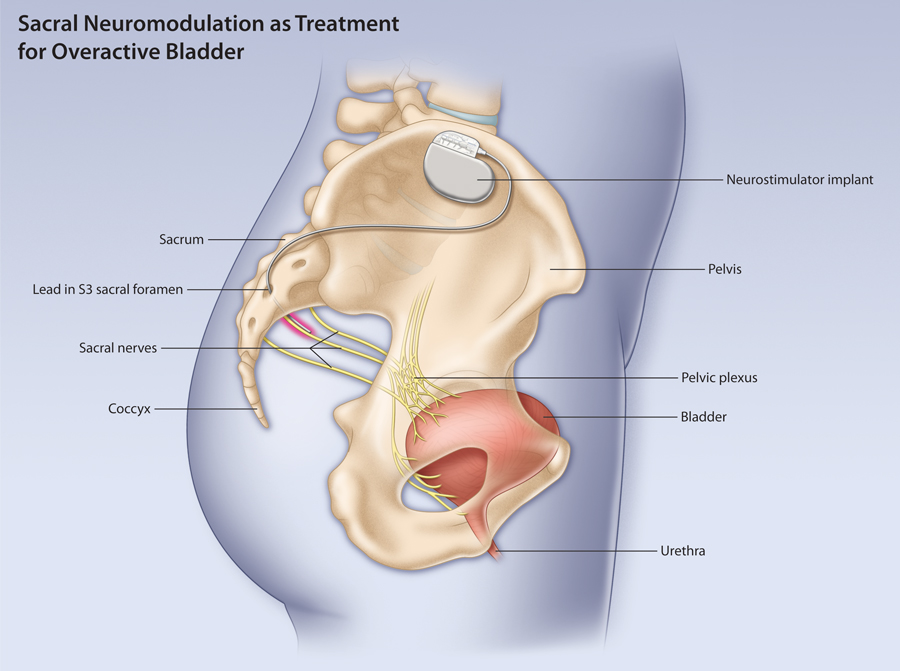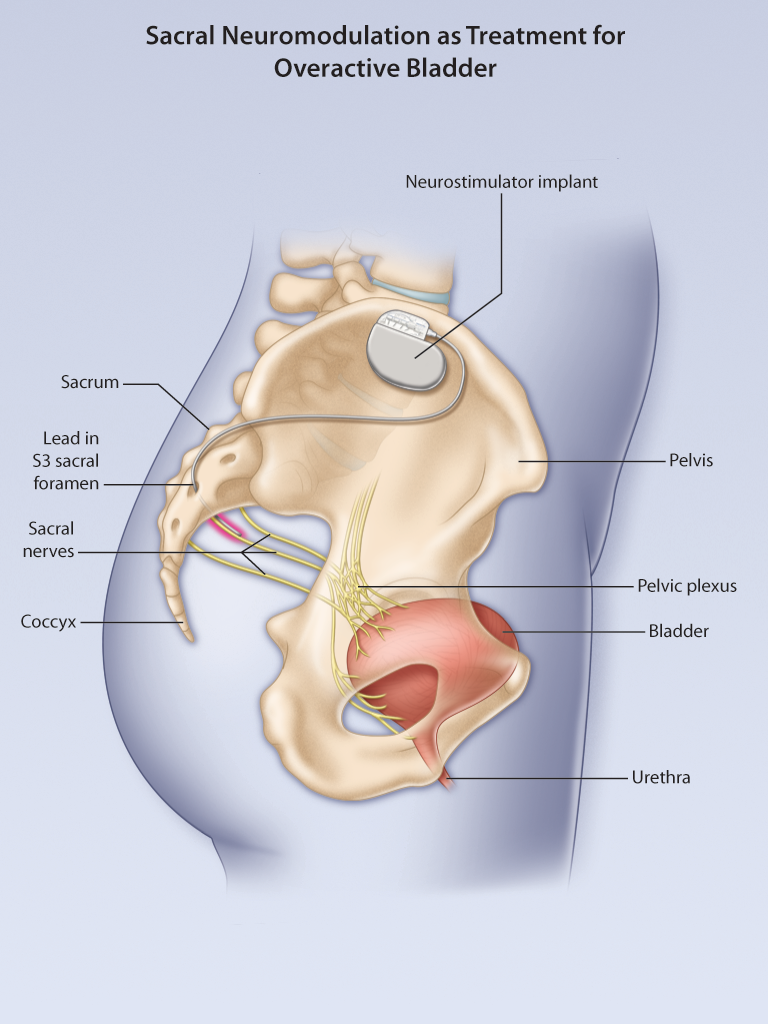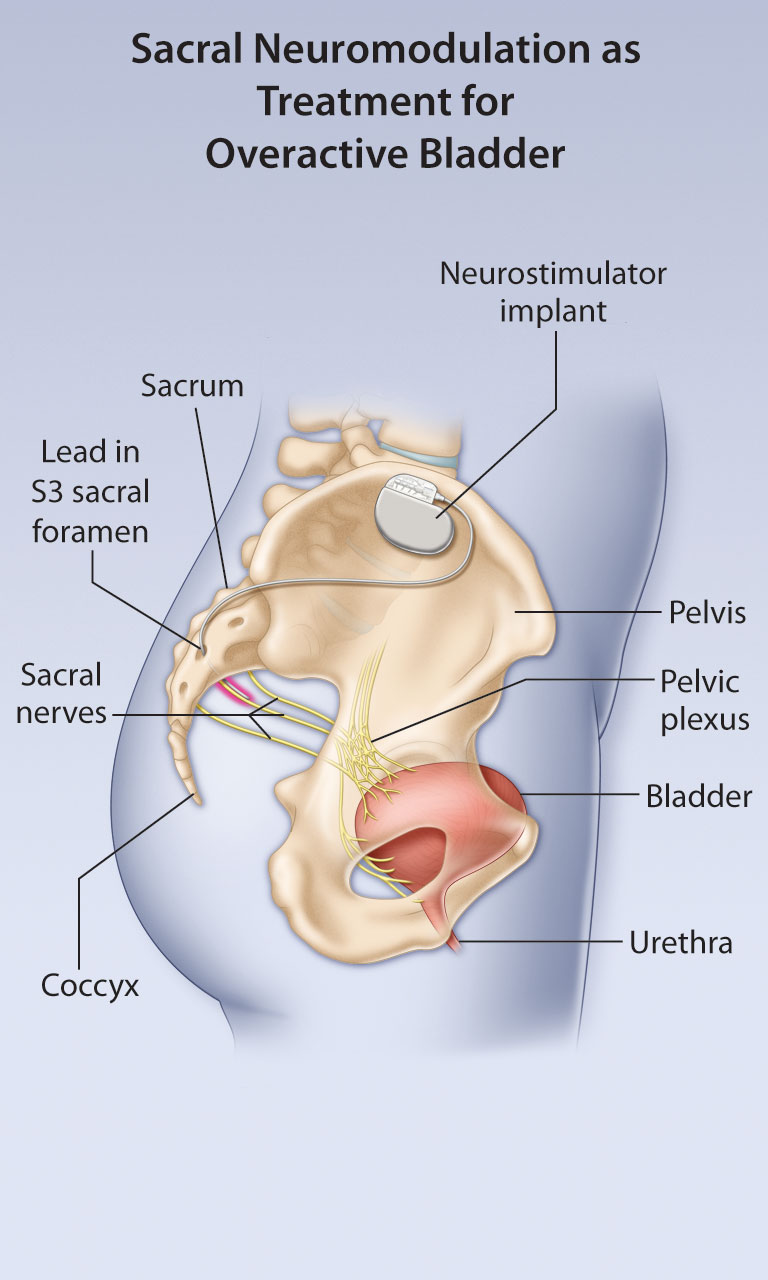Error in Radiology: Negligence or Human Nature

D'Arcy Little, MD CCFP FRCPC, Chief of Diagnostic Imaging, Orillia Soldiers' Memorial Hospital,
Adjunct Clinical Lecturer, Department of Medical Imaging, University of Toronto, Toronto, ON,
Forensic Radiologist, Forensic Sciences and Coroners' Complex, Toronto, ON,
2015 Resident in Scientific Communications, Banff Centre, Banff, AB.
- Read more about Error in Radiology: Negligence or Human Nature
- Log in or register to post comments




